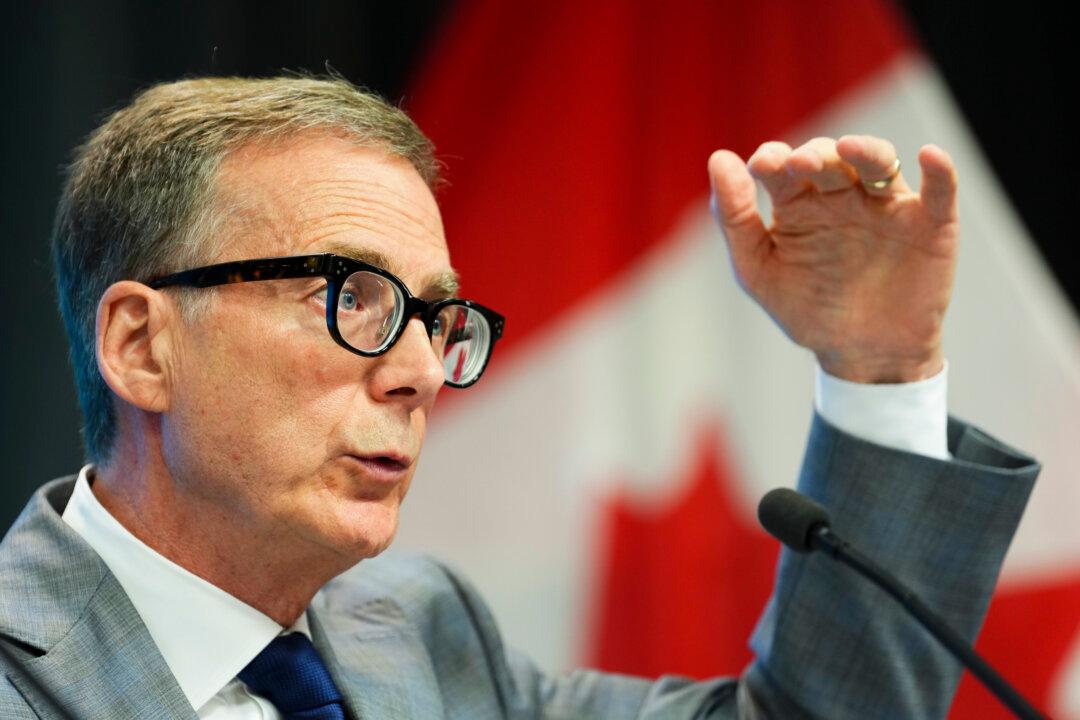Canada has a long-standing productivity problem that is quickly reaching “emergency levels,” says Bank of Canada governor Tiff Macklem.
The central bank’s top boss called for change during a June 24 speech before the Winnipeg Chamber of Commerce, saying it’s imperative that Canada addresses its ongoing struggle with low business investment.





